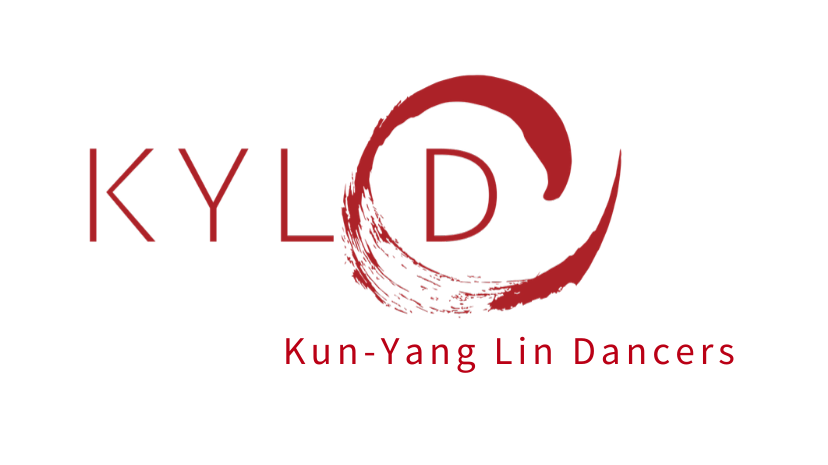Are there gestures or movements that you’ve performed that inform your identity?
As an undergraduate, I took a class focused on “Performing Gender.” I enrolled thinking that we’d be engaging in theater or dance practices for an audience. I didn’t understand that “performance” not only meant in a theatrical way, but also referred to the external expression of our identities. The way we acted, the things we did, “performed” who we were, internally. (Young adult mind blown!)
How do we “perform” religion?
I grew up Catholic. The “performance” of a Catholic ritual included costuming (the garments worn by the priest, deacons, altar servers, and other participants – for example a baby would wear a special Baptismal garment), specific sounds (music, chants, and spoken word through traditional prayers and scripture readings), and physical movement.
Movement! (Dance?!)
Some of the movements include:
- Kneeling on both knees
- Kneeling on one knee
- Bowing the head
- Sign of the cross (right hand touches forehead, heart, left shoulder, right shoulder)
- Forming a single file line
- Forming a shoulder to shoulder line
- Sitting
- Standing
- “Prayer” hands - palms together, fingers long “so the angles can sit on the tops of your fingers”
- Hands folded – palms together, fingers intertwined
- Holding hands with other members of the community/congregation
- “Giving peace” - shaking hands, embracing another person in the community/congregation
- Splashing water on oneself, usually accompanied by the sign of the cross
- Being splashed with water by a priest or deacon
Each of these movements had/has a specific meaning in the context of a Catholic Mass. Taken out of context, are they just movement or are they still charged with symbolic meaning? (What do you think? What have you experienced? Comment below!)
In KYL/D’s work, context also provides meaning through the way Kun-Yang manipulates Time, Space, and Effort/Energy (Click on the individual words to read Intern Sarah’s reflections on how Kun-Yang used these in Santuario and One: Immortal Game.)
When you watch KYL/D, do you see movement that you recognize? During the Studio Showing of “Deconstructing HOME/ S. 9th St.” Kun-Yang described to our guests how we (the dancers) developed gestures, informed in part by some of the stories we heard during the Story Circles, and he worked with us to de-construct and manipulate them using Time, Space, and Energy. In this way, the creation of movement helped us to develop and more deeply enter into the intention of the work and understand the “character” aspects of ourselves. One audience member reflected that seeing the gestures manipulated and repeated throughout the piece allowed her insight into each dancer/character and his/her story. This recognition also provided an entry point for her to insert her own story into the work and more deeply connect with the dancers and the immigrant experience.
Kun-Yang continues to refine the crafting of movements of the dancers and Story Circle participants as the company develops Faith Project.
Reader Challenge:
Watch an excerpt of KYL/D’s HOME/ S 9th St. or Santuario. What gestures do you see? How do they inform you of the story or character? Are there gestures or movements that you’ve performed that inform your identity? (Check back to the video you made in our first Reader Challenge.)
Or, check out some of KYL/D’s repertoire and engage the same process. What do you see? Send me an email or comment below and let me know! The way you experience “performance” might affect how the company continues to develop Faith Project. Thanks, in advance!
~ Jessica Warchal-King
(NOTE: To make a comment on this blog, you do not need to make an account- just click "Comment(s)" in bottom left hand corner, write your comment in the comment box that appears, click "Post Comment..." then type in your first and last name and click "Comment as Guest")
Major support for the Faith project has been provided by The Pew Center for Arts & Heritage, with additional support from the National Endowment for the Arts.




